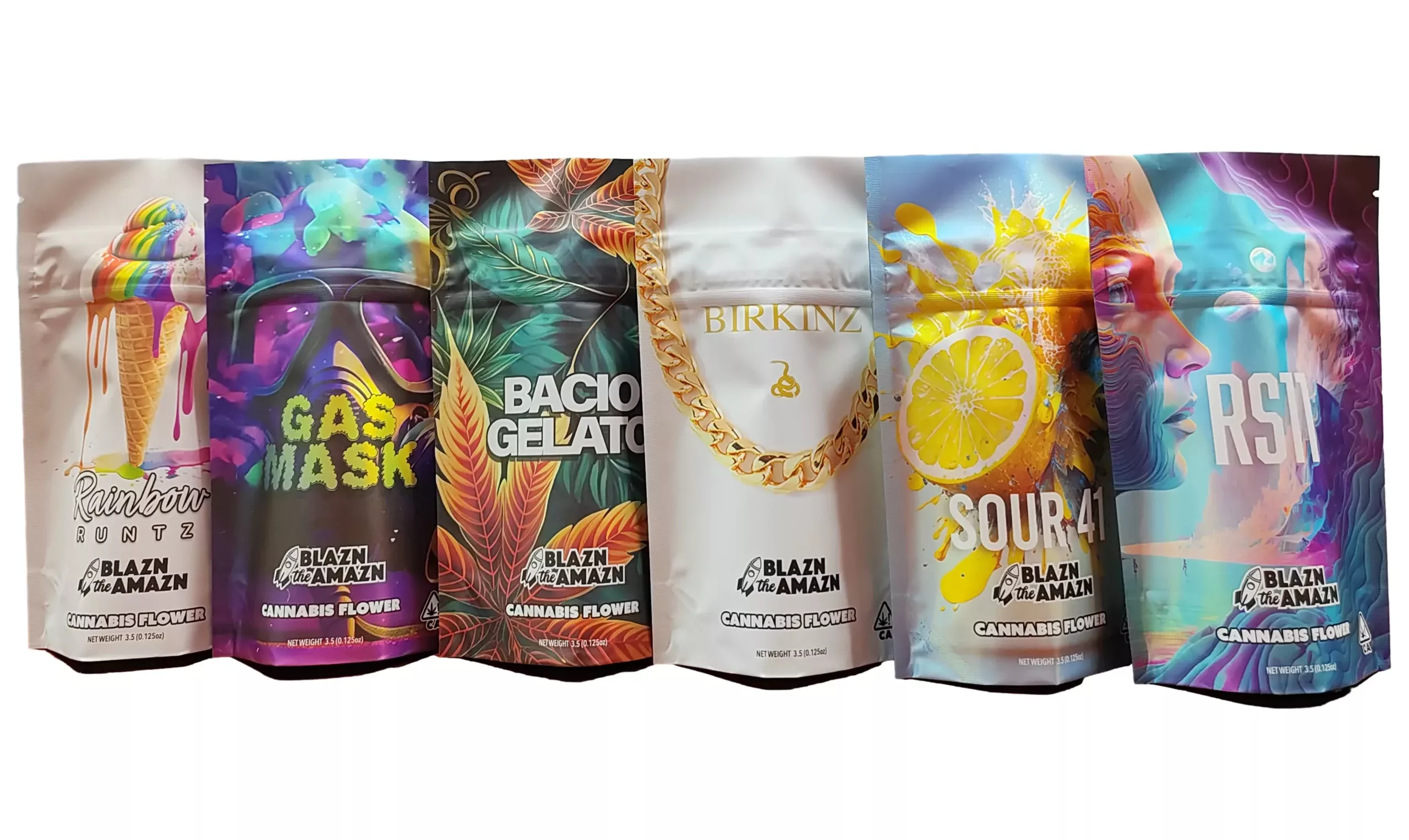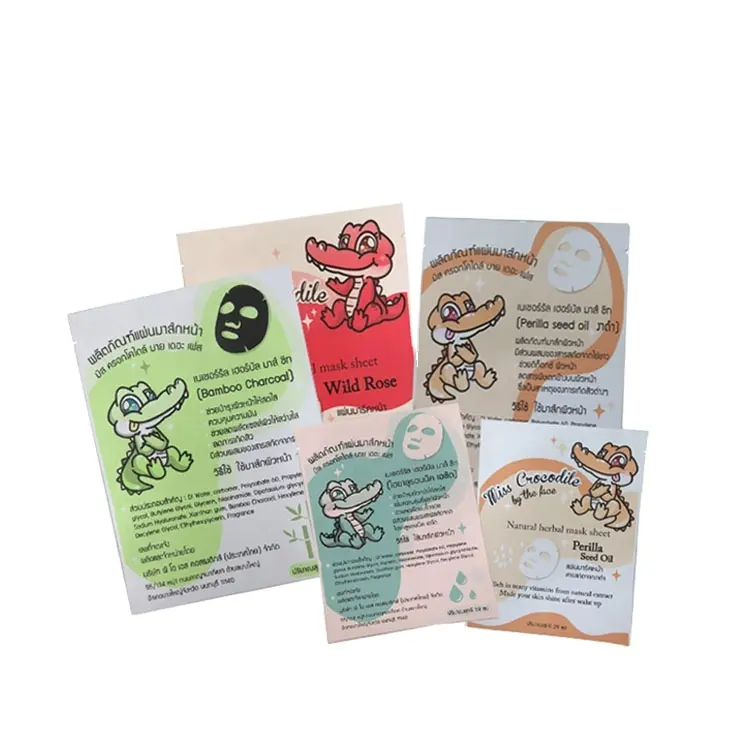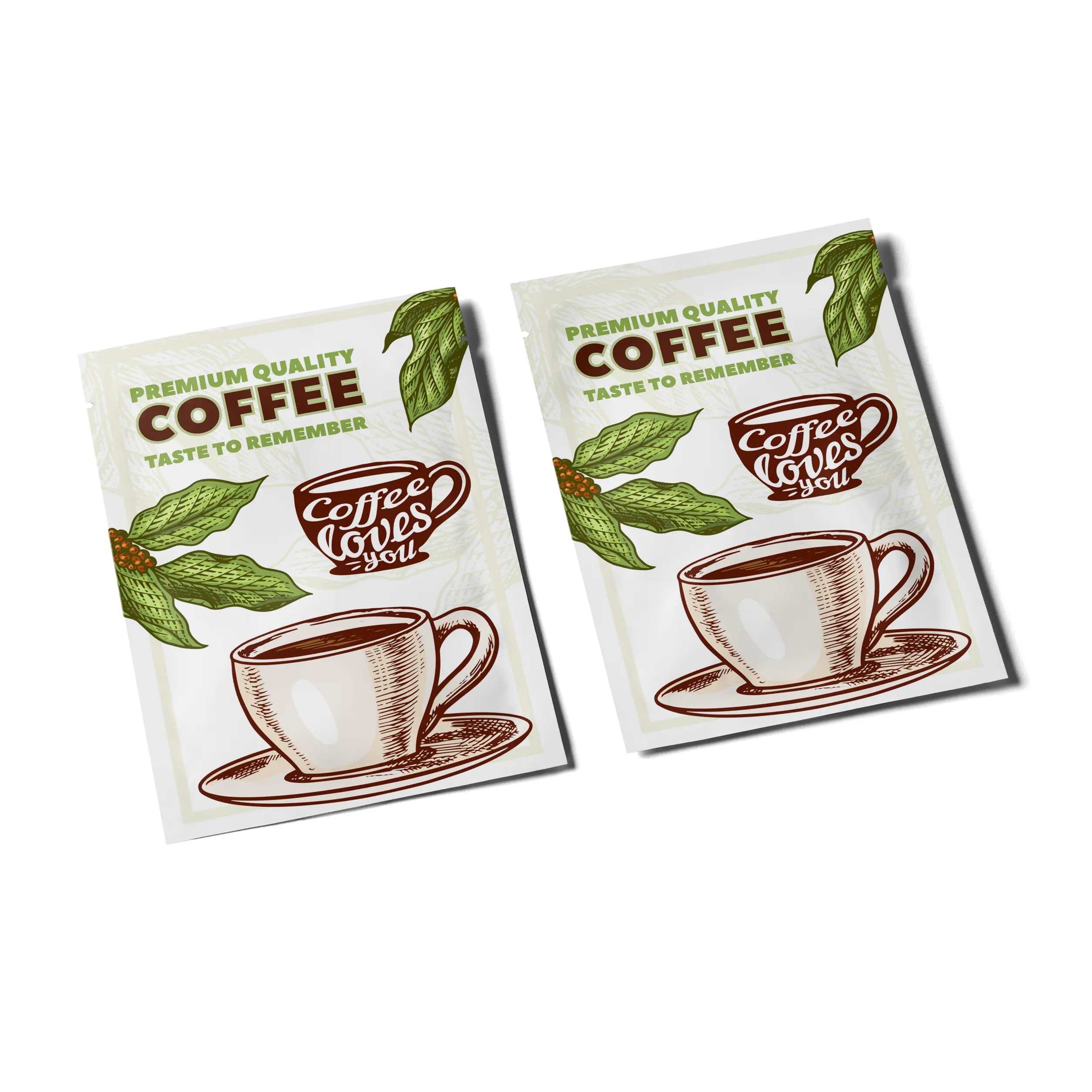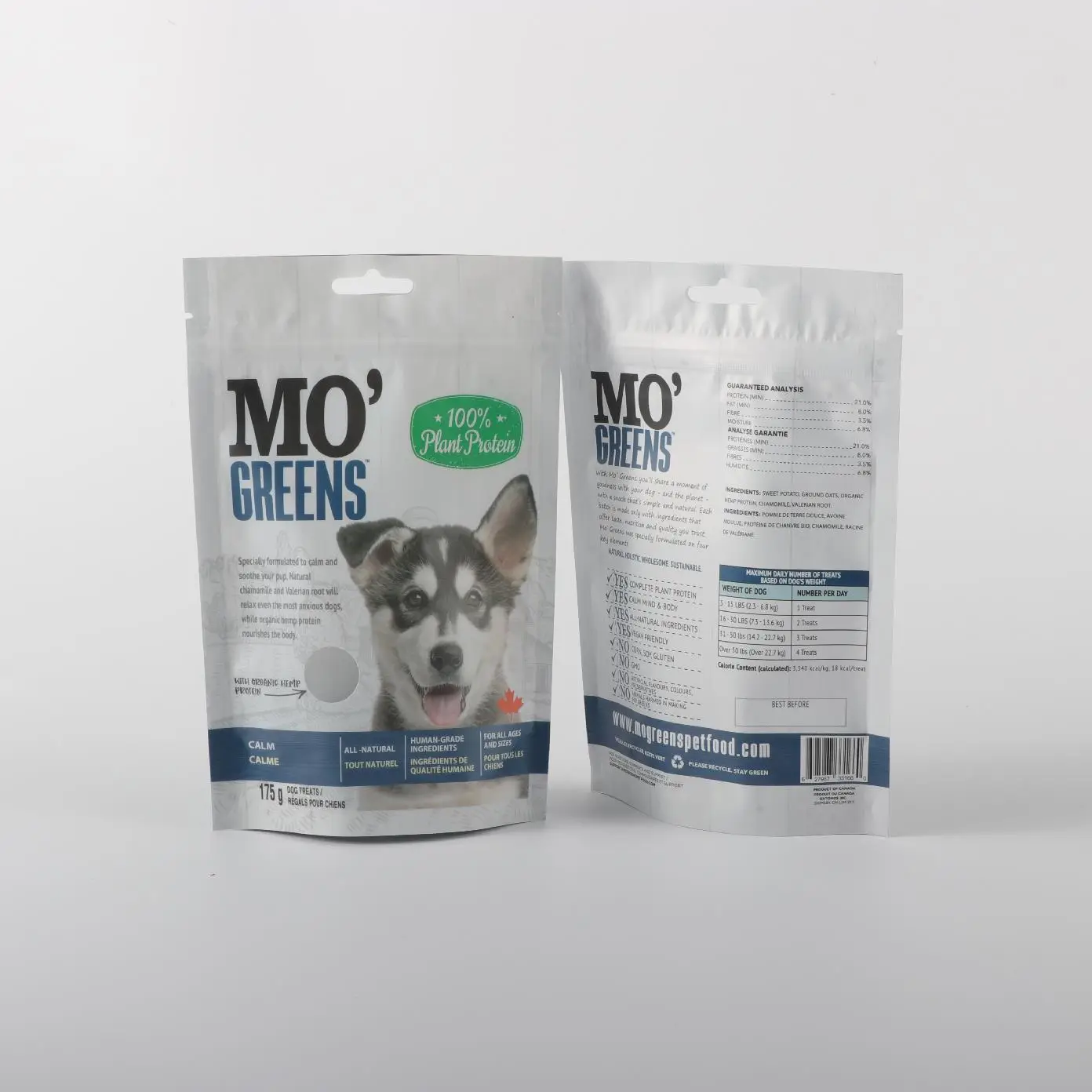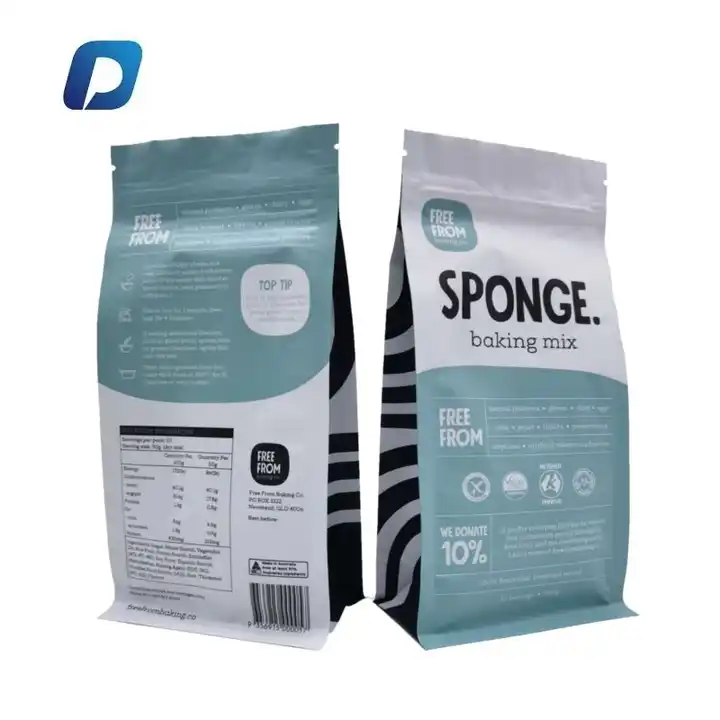In rice storage, the right kind of packaging may be the factor that determines how fresh it can stay and how long it can be stored. No matter if you buy rice in bulk or intend to store it for a longer time, the best kind of packaging means the difference between your grains remaining pest-free, dry, and not exposed to air—these are the reasons why rice gets spoiled or even decreases in quality.
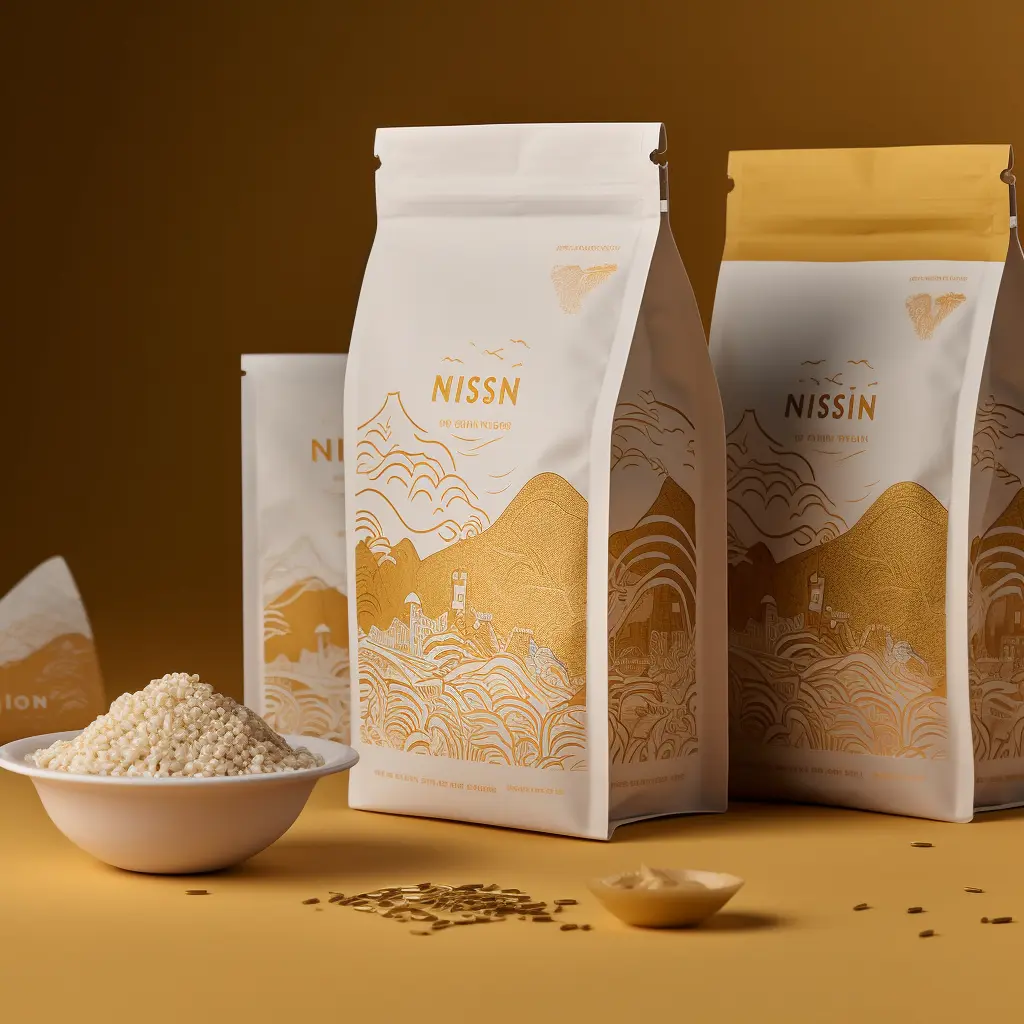
What Are Mylar Bags and How Do They Work for Rice Storage?
Mylar bags are made of a heavy-duty, multi-layered material that’s great at protecting food from water, light, oxygen, and other factors. Originally created for use in the military and industry, they’re now commonly used for food storage, especially for grains like rice.
One of the key reasons mylar bags work so well in storing rice is that they are airtight. Sealed tightly with an oxygen absorber, mylar bags offer an air seal to prevent air invasion and moisture entrance. This matters because air and moisture are among the largest factors in breaking down rice over a period of months or years. Mylar bags are puncture-resistant as well, so your rice is insulated from any form of damage.
Traditional Rice Packaging Methods
Traditionally, rice packaging is usually in paper bags, plastic bags, or woven polypropylene bags. These are the usual ones found in most supermarkets and bulk food stores. While these packaging materials provide some protection, they do not contribute much to maintaining rice freshness for long-term storage.
Plastic Bags:
Plastic bags are extensively used since they are inexpensive and easy to employ. However, plastic bags give very little protection against oxygen and moisture, both of which will ultimately cause the rice to degenerate in quality. They also provide a poorer barrier against insects.
Paper Bags:
Paper bags are a sustainable option but not one that provides the same level of protection as mylar bags in the case of storing rice. Paper is permeable by air and water, which leads to spoilage.
Woven Polypropylene Bags:
These bags are used for bulk packaging of rice and provide some protection against physical damage but do not seal airtight. They may still allow air and moisture, which can influence the freshness of the rice.
Why Mylar Bags Are the Better Option for Rice Storage
Since we have explained the traditional packaging, let us explain why mylar bags are preferable for rice storage, especially for long-term storage.
1. Airtight and Moisture-Proof
The key advantage of mylar bags for rice storage is that they do not allow air and moisture to come in. When storing rice for an extended period, exposure to air may cause oxidation, which can ruin the flavor, texture, and nutritional value. Water damage is another critical hazard, as the water could lead to the formation of molds or spoilage. Mylar bags, properly sealed with an oxygen absorber, offer airtight storage, thus maintaining your rice fresh and free from the effects of outside elements.
2. Shelf Life Extension
Mylar bags for rice storage in relation to standard packing methods may lead to your rice shelf life lasting for years. While rice in plastic or paper bags may last only a few months before it begins to degrade, rice stored in mylar bags with oxygen absorbers can last 5 to 10 years or more when kept in ideal conditions. This makes mylar bags the perfect solution for long-term storage, whether you’re preparing for an emergency, buying in bulk, or simply want to ensure your rice stays fresh for months.
3. Pest and Contaminant Protection
Mylar bags also offer additional protection from pests, which is a problem in the storage of grains. Mice, rats, weevils, and other insects are able to infest rice with ease if they are not stored in a safe way. Mylar rice storage bags are not permeable to pests, thus they cannot come in and contaminate your food. Common bags, however, offer no protection whatsoever from these.
4. Space-Saving and Efficient Storage
Another advantage of mylar bags for rice storage is that they conserve space. Mylar bags come in varying sizes, and you are able to stock them in the pantry, fridge, or under the bed. The bags require limited space unlike jumbo-sized rice bags, thereby making it effective for storing for a longer time in smaller places. And because they are light and flexible, mylar rice bags for storage are easier to transport, which is convenient if you have to relocate them for any purpose.
5. Branding and Customization
If you are a company selling rice or other bulk grains, then mylar bags are an excellent means to brand and customize. Since they possess a smooth surface, you can print your logo, product name, or any other branding details directly onto them, thus giving the product a more premium appearance. Plastic or paper bags, being vintage alternatives, may not offer any options for customization, but mylar bags for rice enable you to stand out in an oversaturated market.
Advantages of Traditional Rice Packaging
Although the older packaging technologies have uses, they are marred by several important disadvantages. Plastic bags, for example, are inexpensive but do not have the hermetic seal to protect rice in the long term. Paper bags are biodegradable but do not possess the same water-retardant qualities as mylar bags to preserve rice. And while woven polypropylene bags are ideal for bulk shipping, they still allow the entry of air and moisture.
These limitations make traditional packaging less than ideal for storing rice for extended durations, especially when contrasted with mylar bags’ added protection.
Conclusion: The Clear Winner for Rice Storage
For long-term rice storage, there’s no doubt that rice storage in mylar bags offers more benefits over traditional packaging. Their airtight, moisture-proof construction, pest-proofing, and months- or years-long shelf life make them the perfect solution for anyone who wants to store rice for months or years. Whether you’re preparing for a long-term emergency or just want to keep your rice fresh for a longer period of time, mylar bags for rice storage is a cheap, effective, and safe option.


